Home>Gardening & Outdoor>Landscaping Ideas>What Height To Cut My Bermuda Grass
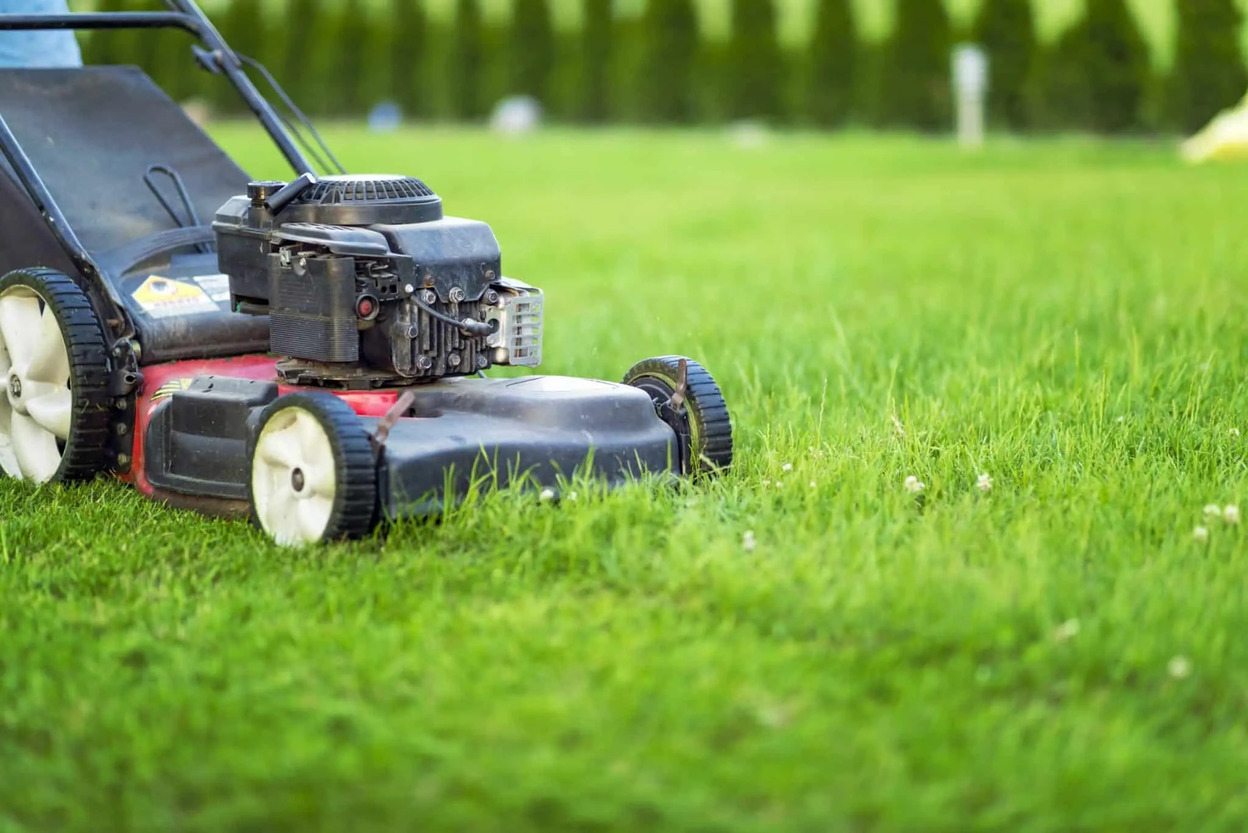

Landscaping Ideas
What Height To Cut My Bermuda Grass
Modified: February 25, 2024
Learn the best height for cutting Bermuda grass to maintain a healthy and vibrant lawn. Get expert landscaping ideas for your yard today!
(Many of the links in this article redirect to a specific reviewed product. Your purchase of these products through affiliate links helps to generate commission for Storables.com, at no extra cost. Learn more)
Introduction
When it comes to maintaining a lush, vibrant lawn, the height at which you cut your Bermuda grass plays a crucial role in its overall health and appearance. Proper mowing not only enhances the aesthetic appeal of your lawn but also promotes the growth of a robust root system, making the grass more resilient to environmental stressors. Understanding the optimal height for cutting Bermuda grass is essential for ensuring its long-term vitality.
The process of mowing Bermuda grass involves more than just trimming the blades; it requires a thoughtful approach that takes into account various factors such as the grass variety, climate, and intended use of the lawn. By delving into these considerations and learning the best practices for cutting Bermuda grass, you can elevate the beauty of your outdoor space while nurturing the health of your lawn.
In the following sections, we will explore the factors to consider when determining the ideal cutting height for Bermuda grass, delve into the recommended height for different types of Bermuda grass, and provide valuable tips for achieving a well-manicured lawn. By the end of this article, you will have a comprehensive understanding of how to optimize the cutting height for Bermuda grass, empowering you to cultivate a vibrant and resilient lawn that will be the envy of your neighborhood.
Key Takeaways:
- Maintain a vibrant lawn by cutting Bermuda grass at the right height. Consider factors like grass variety, climate, and soil health. Follow recommended heights for a lush, resilient lawn.
- Elevate your lawn’s beauty with strategic mowing tips. Regular maintenance, avoiding scalping, and adjusting mowing height based on conditions promote a healthy, visually appealing Bermuda grass.
Read more: What Height To Cut My Grass In Spring
Factors to Consider
When determining the ideal height for cutting Bermuda grass, several crucial factors come into play. Understanding and considering these factors will enable you to make informed decisions that promote the health and vitality of your lawn.
-
Grass Variety: The specific variety of Bermuda grass in your lawn significantly influences the optimal cutting height. Common Bermuda grass varieties, such as Tifway 419 and Celebration, have different growth patterns and tolerances to mowing heights. It's essential to research and identify the specific variety of Bermuda grass you have to tailor your mowing practices accordingly.
-
Climate and Season: The climate in your region and the prevailing season are pivotal factors to consider when determining the cutting height for Bermuda grass. In warmer climates, Bermuda grass tends to thrive and can be mowed shorter, while in cooler climates, a slightly higher cutting height may be more suitable to protect the grass from potential stressors.
-
Intended Use of the Lawn: The intended use of your lawn also influences the cutting height for Bermuda grass. If your lawn is primarily for aesthetic purposes and light foot traffic, a lower cutting height may be suitable. However, for lawns intended for recreational activities or heavy foot traffic, a slightly higher cutting height can help the grass withstand wear and tear.
-
Soil Conditions: The soil composition and health of your lawn's soil play a significant role in determining the optimal cutting height for Bermuda grass. Well-draining, nutrient-rich soil can support Bermuda grass at lower cutting heights, while compacted or nutrient-deficient soil may necessitate a higher cutting height to promote healthier growth.
-
Mowing Frequency: The frequency at which you mow your Bermuda grass is an important consideration. Regular mowing at the appropriate height encourages the grass to develop a dense, lush appearance and promotes the growth of a robust root system, contributing to the overall health of the lawn.
-
Overall Lawn Health: Assessing the overall health of your lawn, including factors such as weed infestation, disease susceptibility, and any existing stressors, is crucial when determining the cutting height for Bermuda grass. A compromised lawn may benefit from a higher cutting height to reduce stress and promote recovery.
By carefully considering these factors, you can tailor your mowing practices to the specific needs of your Bermuda grass, ultimately contributing to a healthier, more resilient lawn.
Recommended Height for Bermuda Grass
Determining the recommended cutting height for Bermuda grass is pivotal in nurturing a thriving and visually appealing lawn. The optimal cutting height varies based on the specific variety of Bermuda grass, climate, and intended use of the lawn. Understanding the recommended cutting heights for different types of Bermuda grass empowers you to make informed decisions that promote the overall health and vitality of your lawn.
For common Bermuda grass varieties such as Tifway 419 and Celebration, a recommended cutting height of around 0.5 to 1.5 inches is ideal. These varieties are known for their tolerance to low mowing heights, making them suitable for lawns intended for aesthetic appeal and light foot traffic. The ability of common Bermuda grass to thrive at lower cutting heights contributes to its dense, carpet-like appearance, enhancing the visual allure of the lawn.
On the other hand, hybrid Bermuda grass varieties such as TifTuf and TifGrand are best maintained at slightly higher cutting heights, typically ranging from 1 to 2 inches. These hybrid varieties exhibit improved tolerance to shade, wear, and environmental stressors, making them well-suited for lawns with moderate foot traffic and recreational activities. By mowing hybrid Bermuda grass at the recommended heights, you can encourage robust growth and resilience, ensuring a vibrant and durable lawn.
In regions with warmer climates, Bermuda grass tends to flourish, allowing for lower cutting heights to be employed effectively. A cutting height of 0.5 to 1.5 inches is generally recommended in these areas, as the grass can thrive and recover quickly from mowing stress. Conversely, in cooler climates, a slightly higher cutting height of 1 to 2 inches may be more suitable to protect the grass from potential stressors and promote healthy growth.
It's important to note that the recommended cutting heights for Bermuda grass are not fixed and may require adjustments based on specific lawn conditions and seasonal variations. Regular assessment of the grass's health, soil conditions, and overall lawn usage can guide you in fine-tuning the cutting height to best support the vitality of your Bermuda grass.
By adhering to the recommended cutting heights for your specific Bermuda grass variety and considering the prevailing climate and lawn usage, you can foster a resilient, visually captivating lawn that enhances the beauty of your outdoor space.
Tips for Cutting Bermuda Grass
Maintaining Bermuda grass at the optimal height involves more than just mowing; it requires a strategic approach to ensure the health and vibrancy of your lawn. By implementing the following tips for cutting Bermuda grass, you can elevate the aesthetics of your outdoor space while nurturing the resilience of your lawn.
1. Regular Maintenance
Consistent mowing is essential for promoting the lush, dense growth of Bermuda grass. Aim to mow your lawn frequently, especially during the active growing season, to prevent the grass from becoming overgrown. Regular maintenance encourages the development of a robust root system and contributes to the overall health and appearance of the lawn.
Read more: What Height To Cut Grass
2. Avoid Scalping
Scalping, or cutting the grass too short, can stress Bermuda grass and impede its ability to thrive. It's crucial to avoid removing more than one-third of the grass blade length in a single mowing session. Scalping can weaken the grass, making it more susceptible to environmental stressors and hindering its capacity to photosynthesize effectively.
3. Sharpen Mowing Blades
Dull mower blades can tear and damage the grass blades, leading to a frayed appearance and increased vulnerability to diseases. Regularly sharpening the mower blades ensures clean, precise cuts, promoting the overall health and visual appeal of the Bermuda grass.
4. Alternate Mowing Patterns
Repeatedly mowing in the same direction can cause the grass to lean in that direction, resulting in an uneven, aesthetically unpleasing lawn. By alternating your mowing patterns, you encourage the grass to grow upright and develop a more uniform appearance.
5. Mow When Dry
Mowing Bermuda grass when it's dry allows for a cleaner, more efficient cut. Wet grass can clump together and create an uneven mowing surface, potentially leading to an inconsistent cut and an unkempt lawn appearance.
Read more: What Is A Good Height To Cut Grass
6. Adjust Mowing Height
During periods of drought or heat stress, consider raising the cutting height of the mower to reduce stress on the grass. Adapting the mowing height based on seasonal variations and lawn conditions can help mitigate potential damage and support the long-term health of the Bermuda grass.
7. Leave Clippings on the Lawn
Allowing grass clippings to remain on the lawn after mowing can provide valuable nutrients to the soil as they decompose. This natural mulching process enriches the soil, promotes moisture retention, and reduces the need for additional fertilization, contributing to the overall vitality of the Bermuda grass.
By incorporating these tips into your mowing routine, you can effectively maintain the optimal height for cutting Bermuda grass while fostering a resilient, visually appealing lawn that enhances the beauty of your outdoor environment.
Conclusion
In conclusion, understanding the optimal height for cutting Bermuda grass is essential for nurturing a vibrant, resilient lawn that enhances the beauty of your outdoor space. By considering factors such as grass variety, climate, intended lawn usage, soil conditions, mowing frequency, and overall lawn health, you can tailor your mowing practices to the specific needs of your Bermuda grass, ultimately contributing to a healthier, more visually captivating lawn.
The recommended cutting heights for different types of Bermuda grass, including common varieties such as Tifway 419 and Celebration, as well as hybrid varieties like TifTuf and TifGrand, provide valuable guidance for maintaining the grass at an ideal length. These recommendations, coupled with an understanding of regional climate variations, enable you to make informed decisions that support the long-term vitality of your lawn.
Furthermore, implementing strategic tips for cutting Bermuda grass, such as regular maintenance, avoiding scalping, sharpening mower blades, alternating mowing patterns, and adjusting mowing height based on seasonal conditions, empowers you to elevate the aesthetics of your lawn while promoting its resilience. These practices not only contribute to the visual appeal of the lawn but also foster a robust root system and overall health of the Bermuda grass.
By adhering to the insights provided in this article and incorporating them into your lawn maintenance routine, you can cultivate a lush, vibrant lawn that serves as a testament to your dedication to its well-being. Whether your lawn is a backdrop for leisurely activities, a visual centerpiece of your property, or a playground for children and pets, the proper height for cutting Bermuda grass is a fundamental aspect of its care that should not be overlooked.
In essence, the journey to maintaining an impeccable lawn begins with understanding the nuances of Bermuda grass and embracing the best practices for mowing and upkeep. By doing so, you can create an outdoor oasis that not only captivates the eye but also stands as a testament to the health and vitality of your Bermuda grass.
Frequently Asked Questions about What Height To Cut My Bermuda Grass
Was this page helpful?
At Storables.com, we guarantee accurate and reliable information. Our content, validated by Expert Board Contributors, is crafted following stringent Editorial Policies. We're committed to providing you with well-researched, expert-backed insights for all your informational needs.
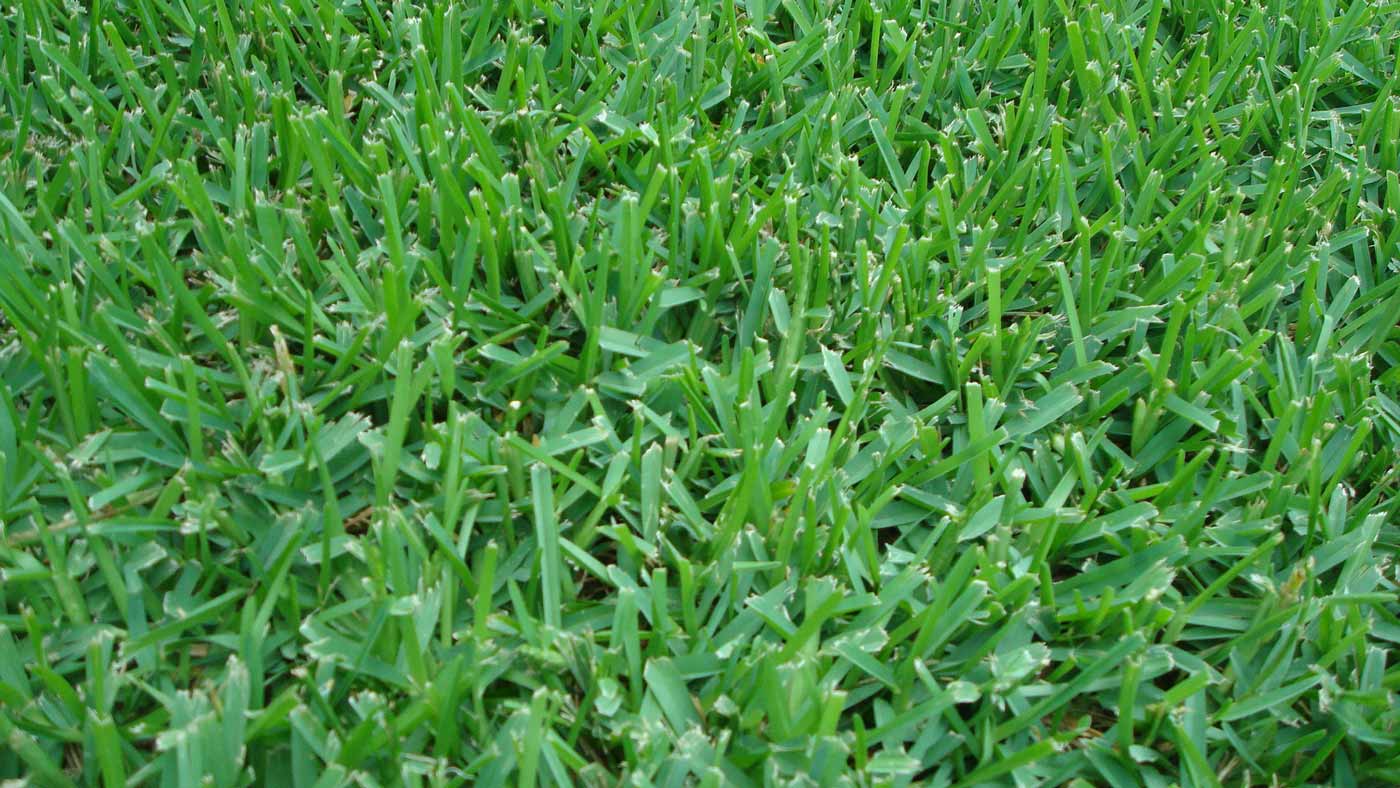
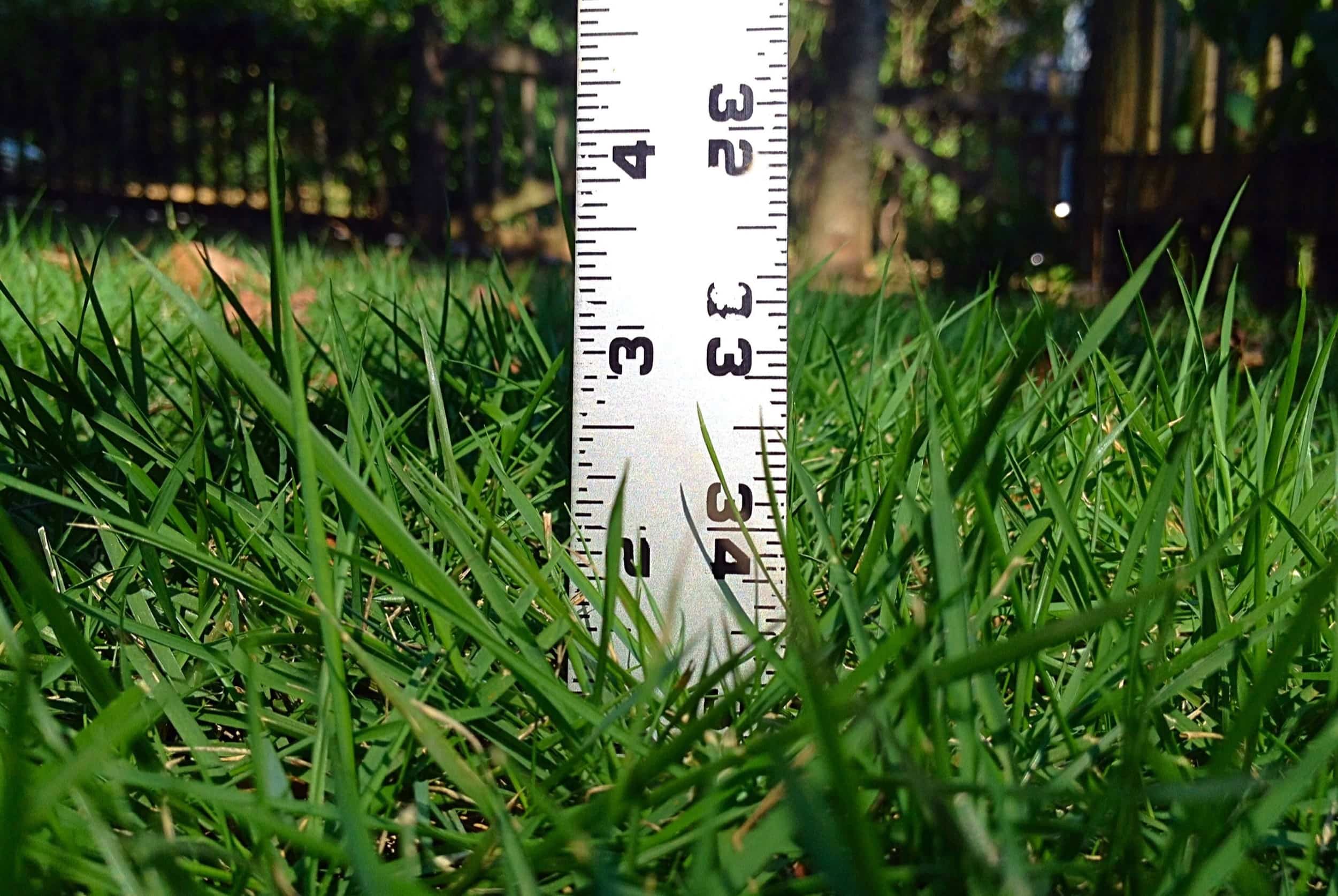
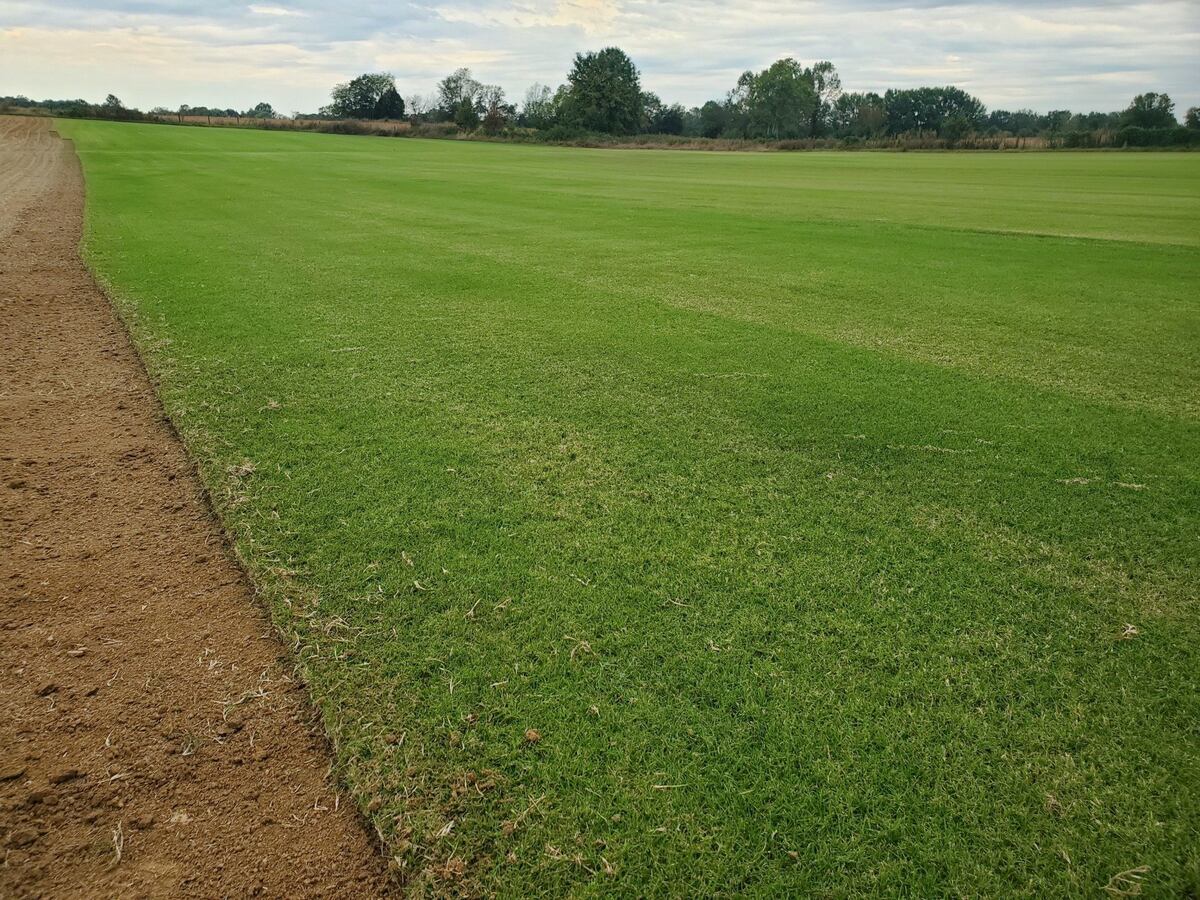
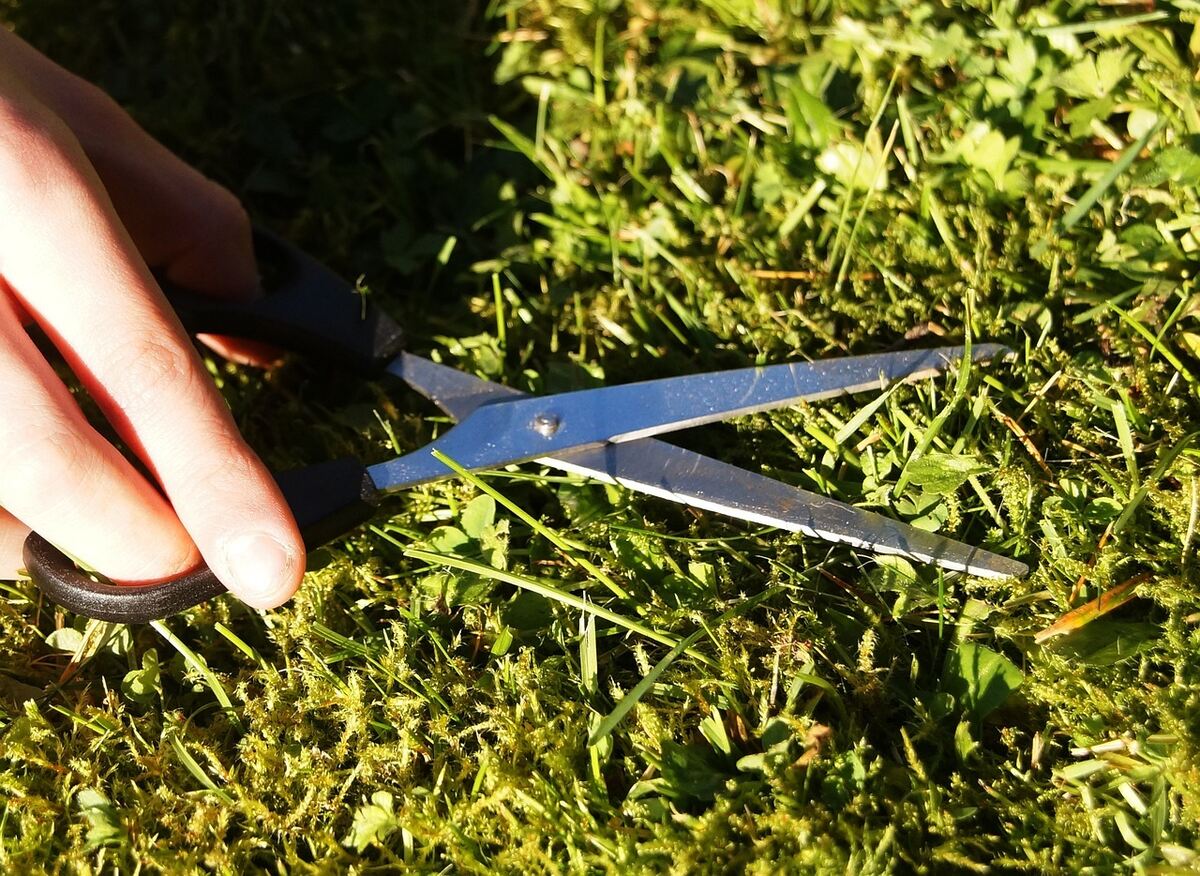
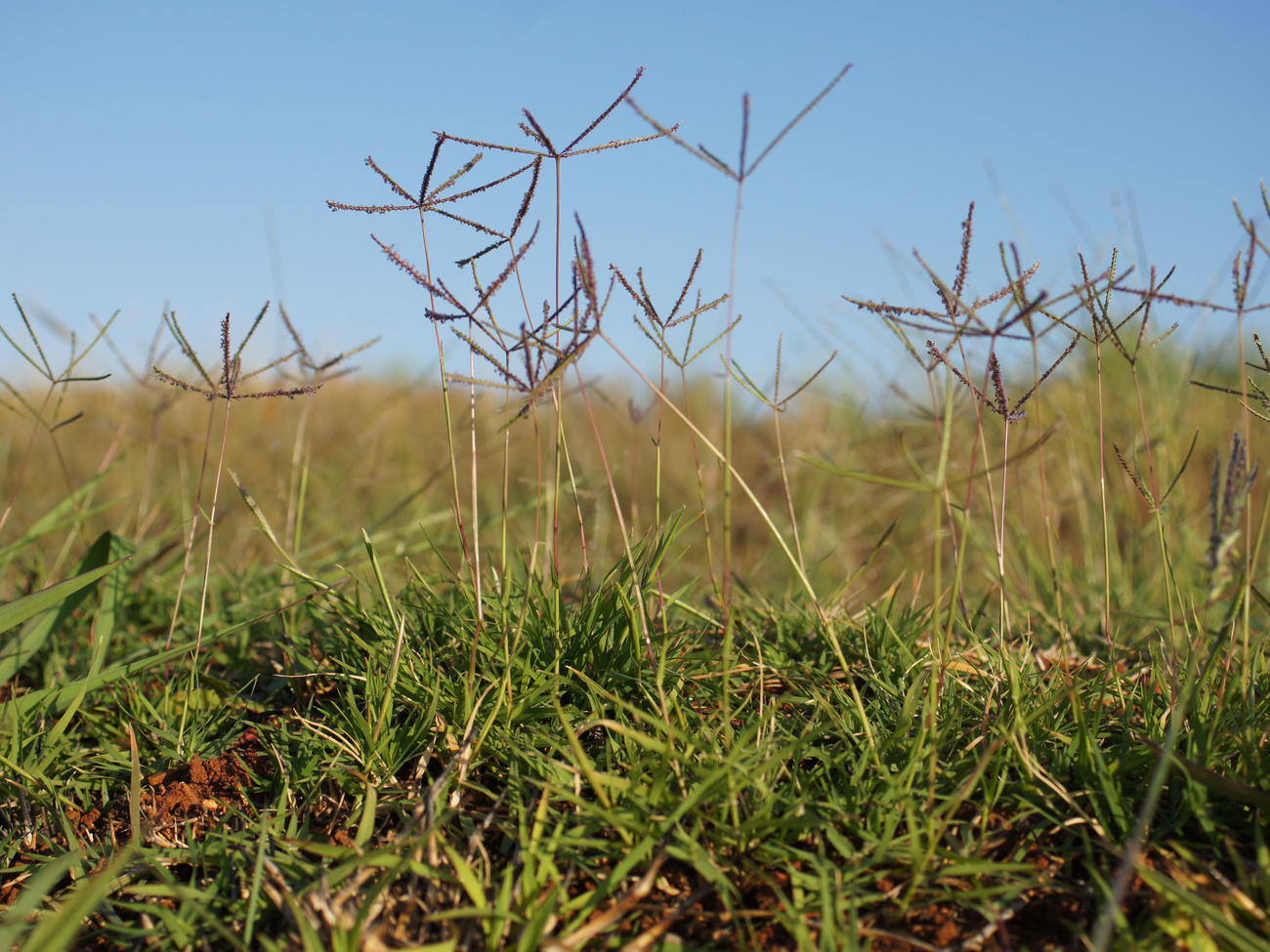
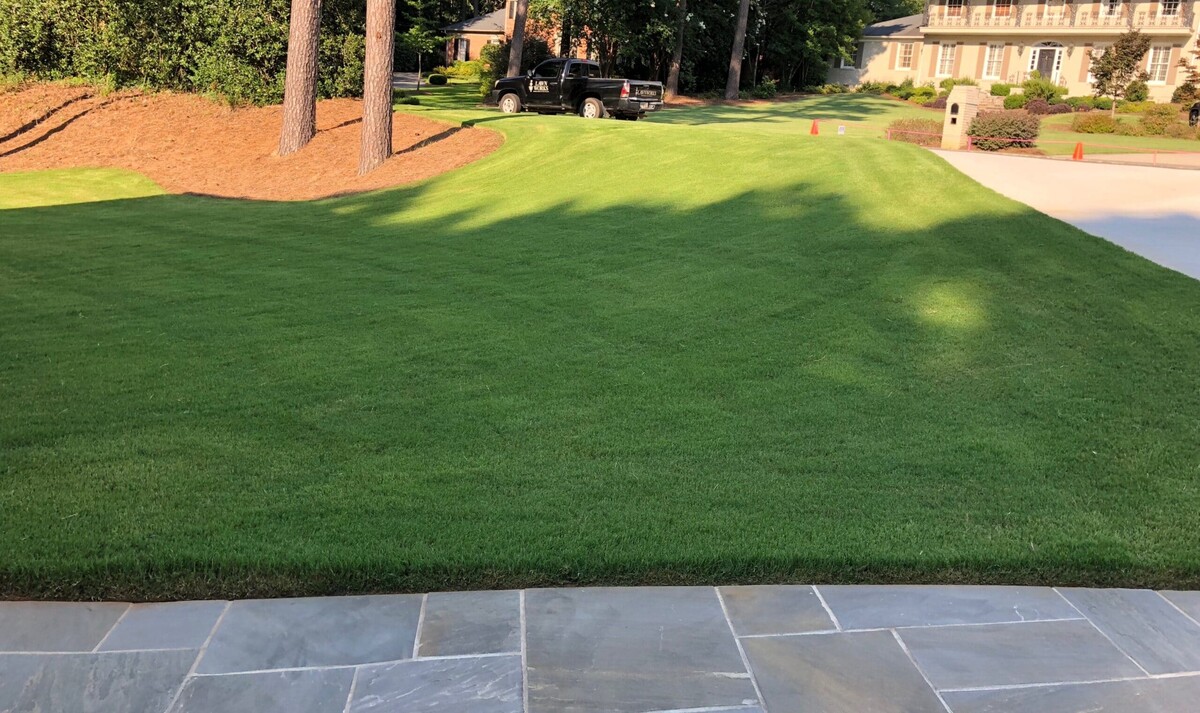
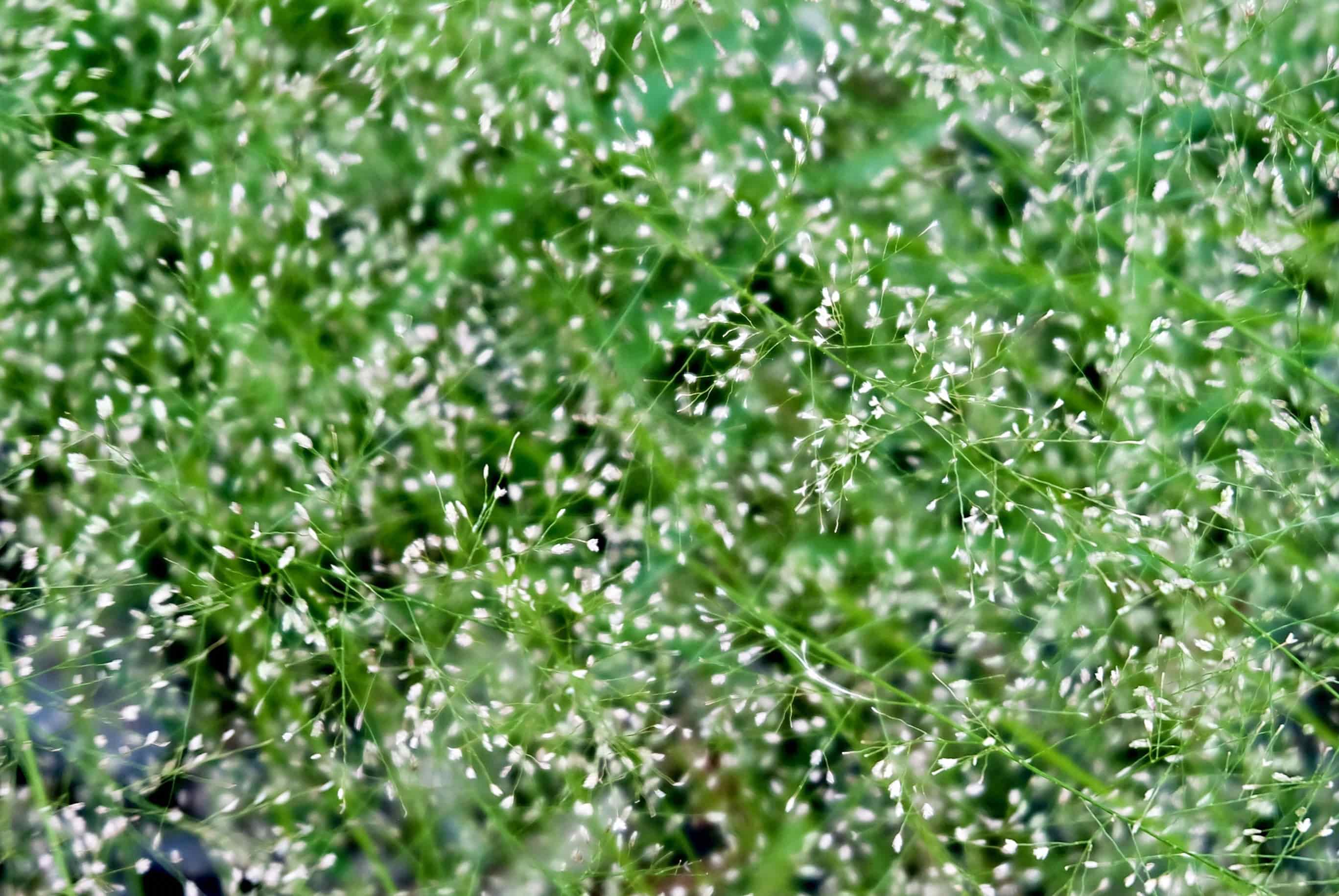
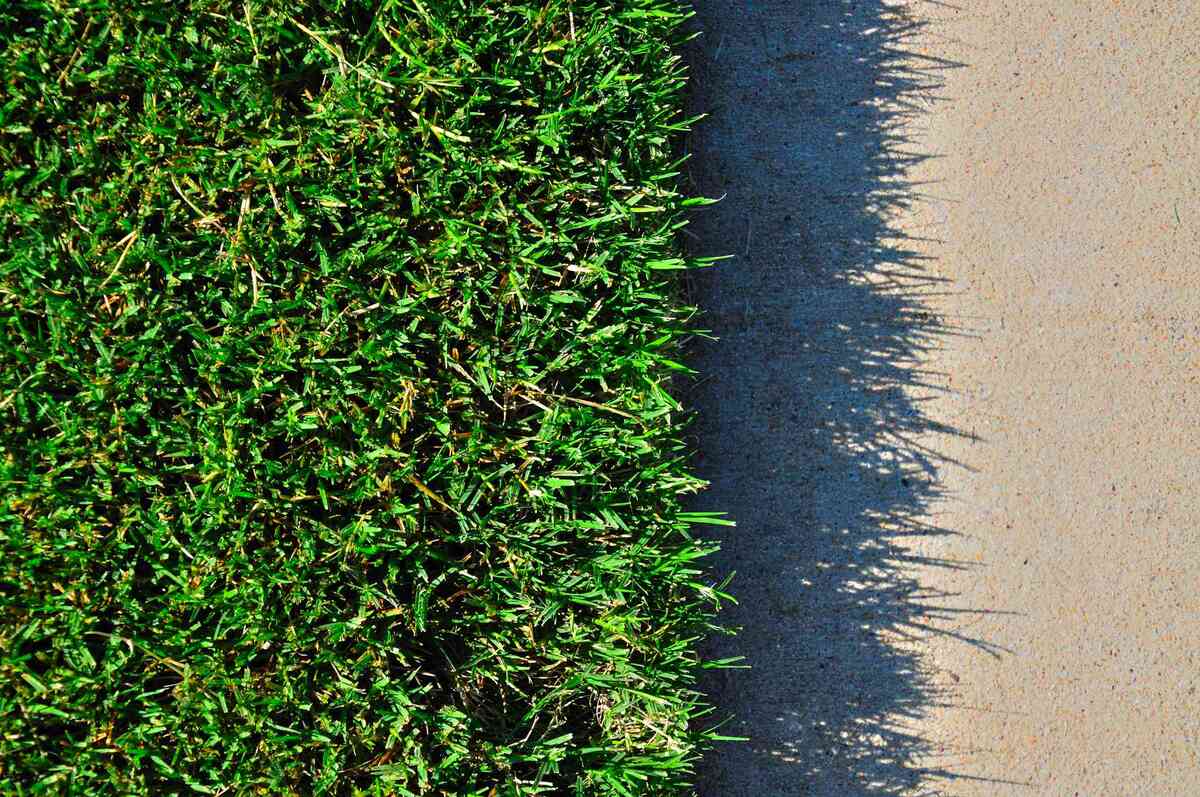
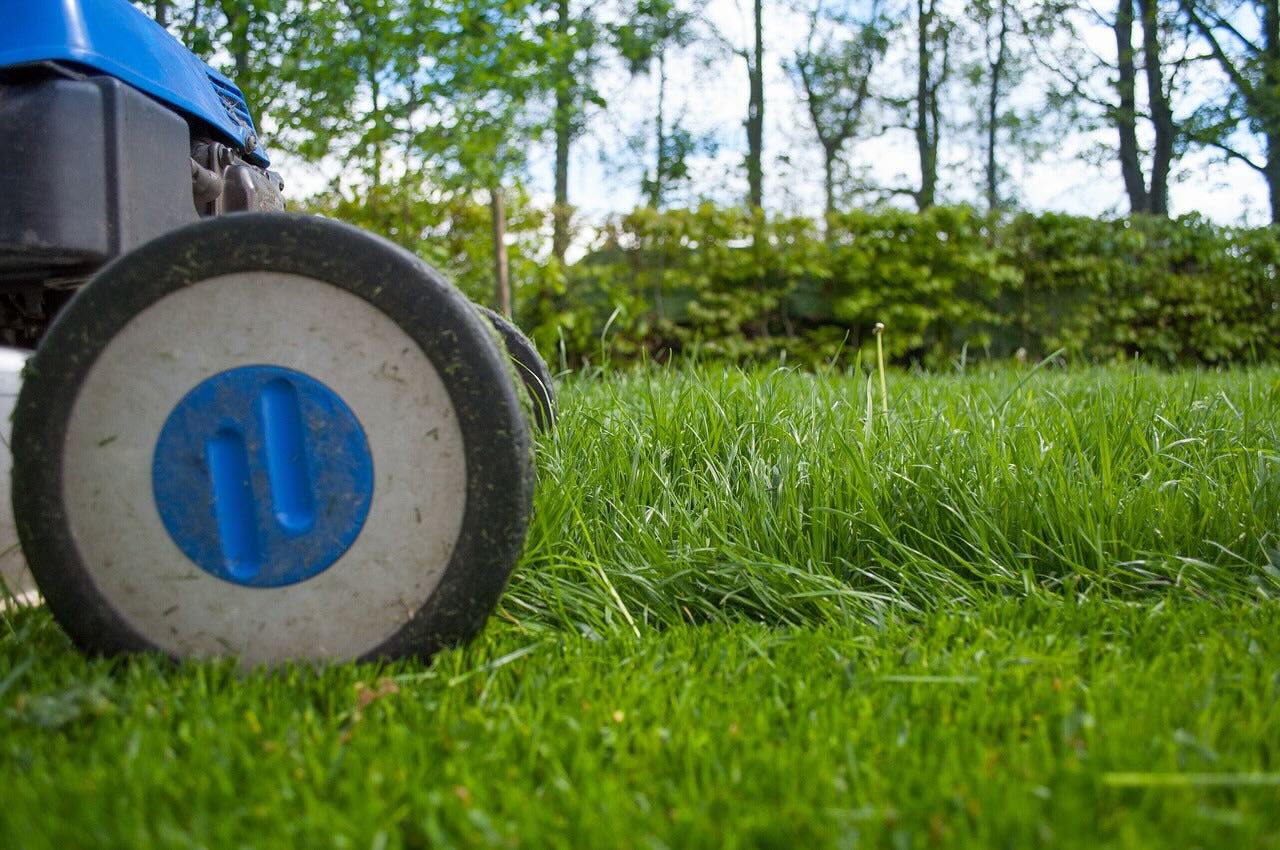

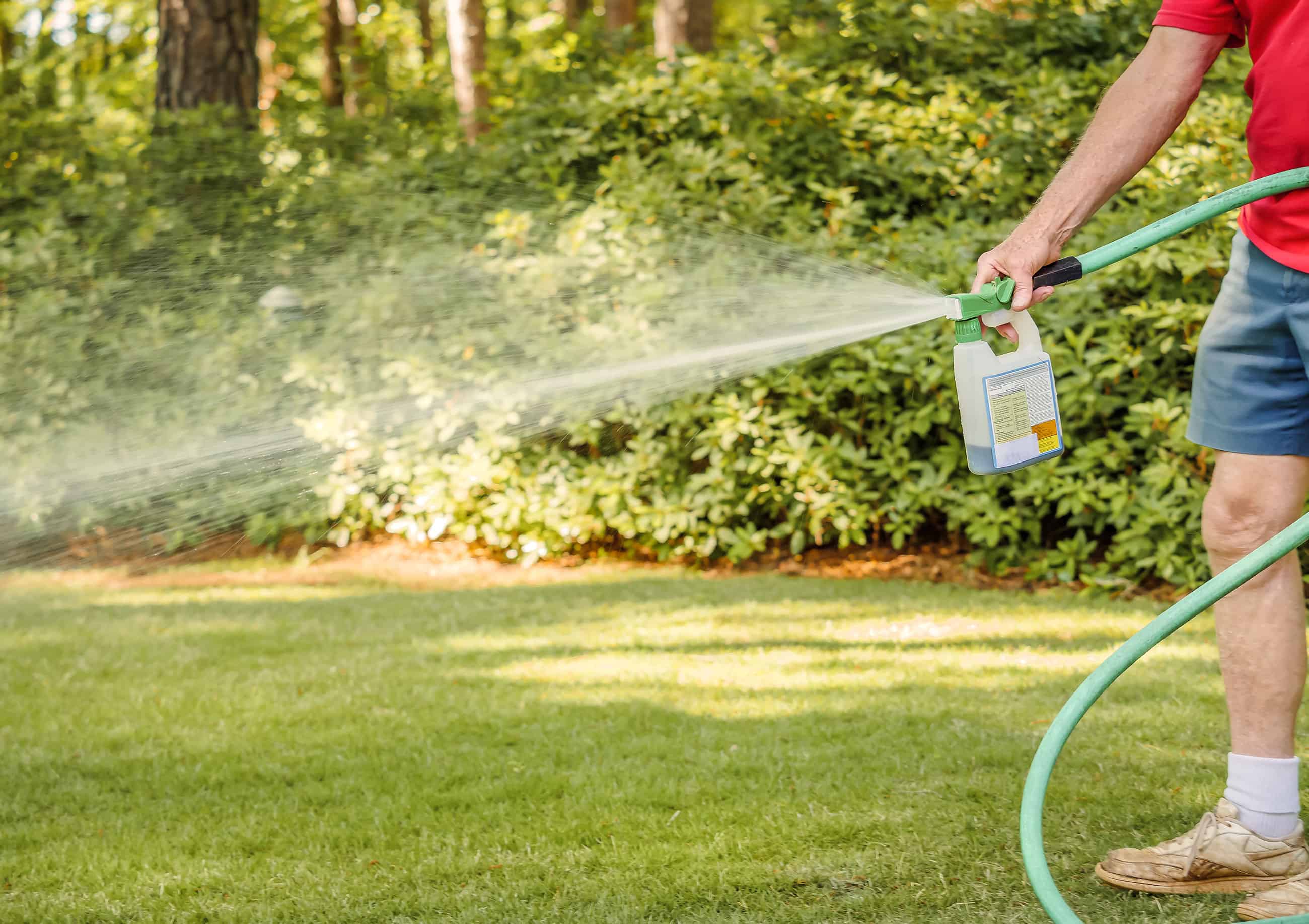

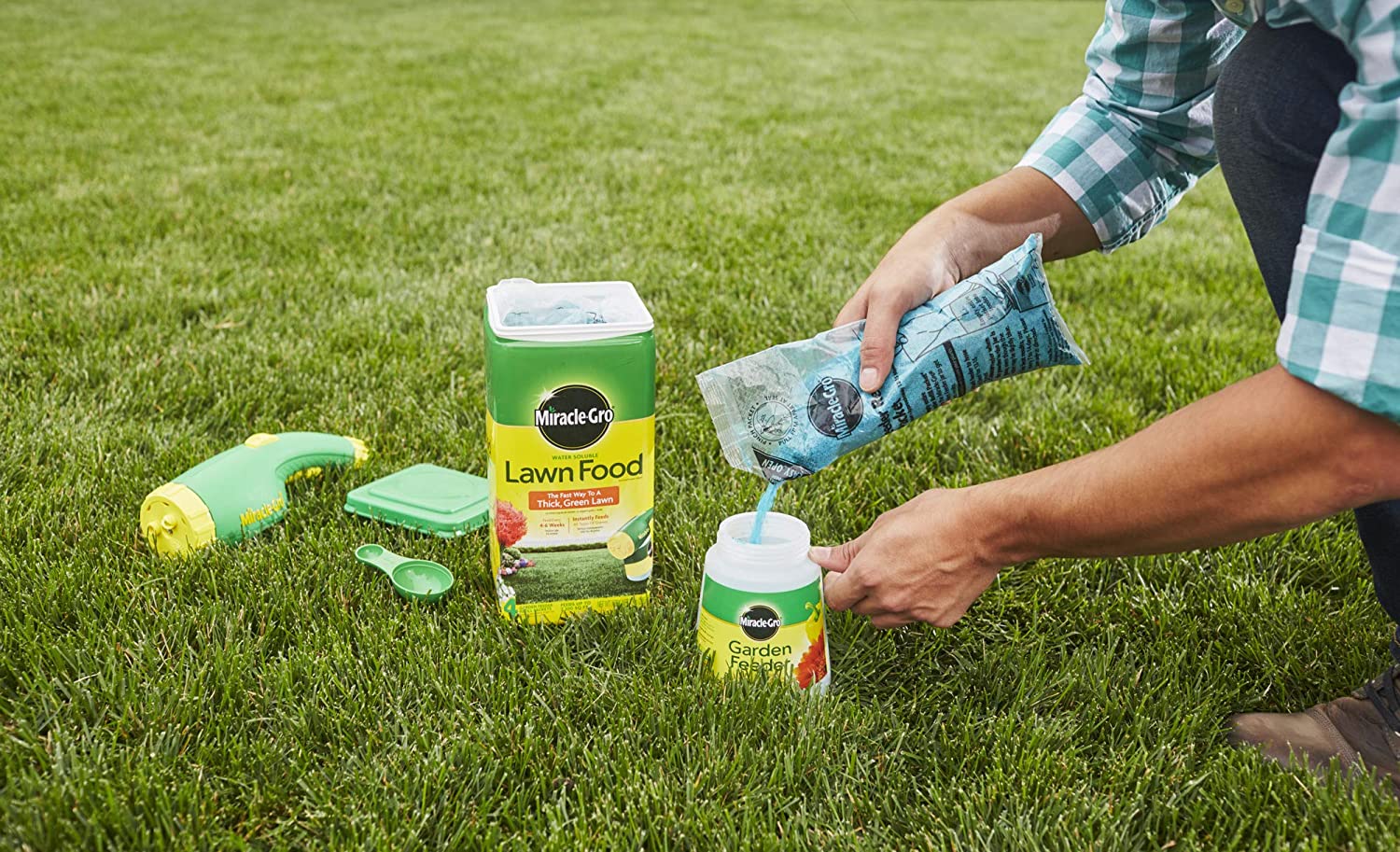

0 thoughts on “What Height To Cut My Bermuda Grass”